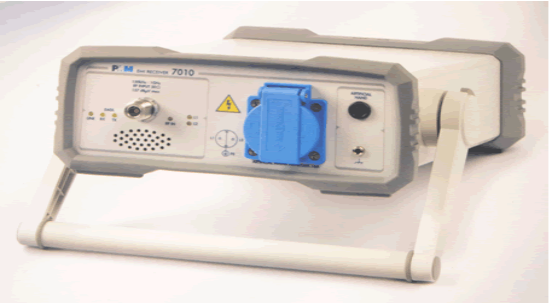What are the measures to improve the anti-interference ability of electronic products?
(1) Pay attention to the high-frequency characteristics of printed wiring boards and components.
At high frequencies, the leads, vias, resistors, capacitors, and the distributed inductance and capacitance of the printed circuit board cannot be ignored. The distributed inductance of the capacitor is not negligible, and the distributed capacitance of the inductor cannot be ignored. The resistor produces a reflection of the high frequency signal, and the distributed capacitance of the lead acts. When the length is greater than 1/20 of the corresponding wavelength of the noise frequency, an antenna effect is generated and the noise is emitted outward through the lead. The via of the printed wiring board causes a capacitance of approximately 0.6 pf.
The packaging material of an integrated circuit itself introduces a 2~6pf capacitor.
A connector on a board with a distributed inductance of 520nH. A two-column, 24-pin integrated circuit pedestal that introduces a distributed inductor of 4 to 18 nH.
These small distribution parameters are negligible for microcontroller systems at lower frequencies; special attention must be paid to high speed systems.
(2) Component layout should be properly partitioned
The position of the components on the printed circuit board should be fully considered against electromagnetic interference. One of the principles is that the leads between the components should be as short as possible. In the layout, the analog signal part, the high-speed digital circuit part, the noise source part (such as a relay, a large current switch, etc.) are reasonably separated, so that the mutual signal coupling is minimized.
(3) Handle the ground wire
Power lines and ground lines are the most important on printed circuit boards. The main means of overcoming electromagnetic interference is grounding.
For the double panel, the ground wire layout is particular. By using the single point grounding method, the power and ground are connected from the two ends of the power supply to the printed circuit board. On the printed circuit board, there must be multiple return ground lines, which will be gathered back to the contact point of the power supply, which is called single point grounding. The so-called analog ground, digital ground, high power device opening points, the wiring is separated, and finally gathered to this grounding point. Shielded cables are commonly used when connected to signals other than printed circuit boards. For high frequency and digital signals, both ends of the shielded cable are grounded. A shielded cable for low-frequency analog signals is grounded at one end.
Circuits that are very sensitive to noise and interference or circuits with particularly high frequency noise should be shielded with a metal cover.

(4) Use decoupling capacitors.
Good high frequency decoupling capacitors can remove high frequency components up to 1 GHz. Ceramic chip capacitors or multilayer ceramic capacitors have good high frequency characteristics. When designing a printed circuit board, a decoupling capacitor is added between the power supply of each integrated circuit and the ground. The decoupling capacitor has two functions: one is the storage capacitor of the integrated circuit, which provides and absorbs the charge and discharge energy of the integrated circuit when the door is opened and closed; on the other hand, the high frequency noise of the device is bypassed. The decoupling capacitor with a typical decoupling capacitor of 0.1 uf in the digital circuit has a 5nH distributed inductor. Its parallel resonant frequency is about 7MHz, which means better decoupling for noise below 10MHz, and above 40MHz. The noise hardly works.
1uf, 10uf capacitor, parallel resonance frequency above 20MHz, the effect of removing high frequency noise is better. It is often advantageous to have a 1uf or 10uf de-HF capacitor where the power supply enters the printed board, even for battery-powered systems.
For every 10 or so ICs, add a charge and discharge capacitor, or a storage capacitor. The capacitor size is 10uf. It is best not to use an electrolytic capacitor. The electrolytic capacitor is rolled up by two layers of tantalum film. The rolled structure is an inductor at high frequencies, and it is preferable to use a bile capacitor or a polycarbonate capacitor. The selection of the decoupling capacitor value is not strict, and can be calculated according to C=1/f; that is, 10 Hz is taken as 0.1 uf, and the system composed of the microcontroller can be between 0.1 and 0.01 uf.
If you want to know more, our website has product specifications for accessories, you can go to ALLICDATA ELECTRONICS LIMITED to get more information

